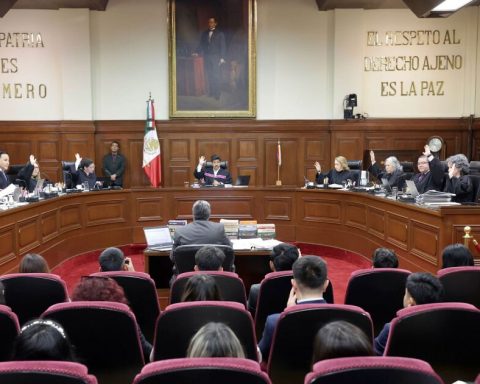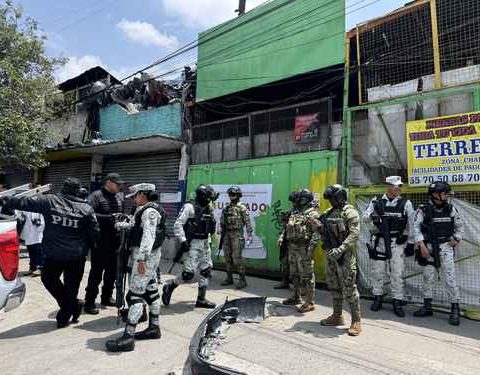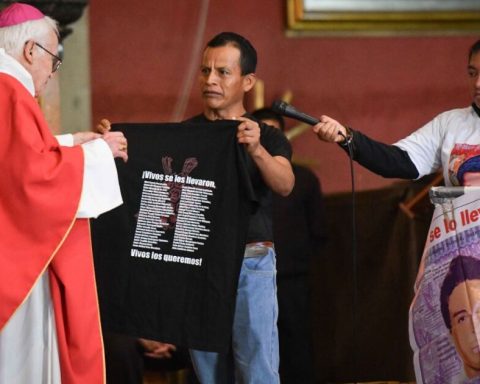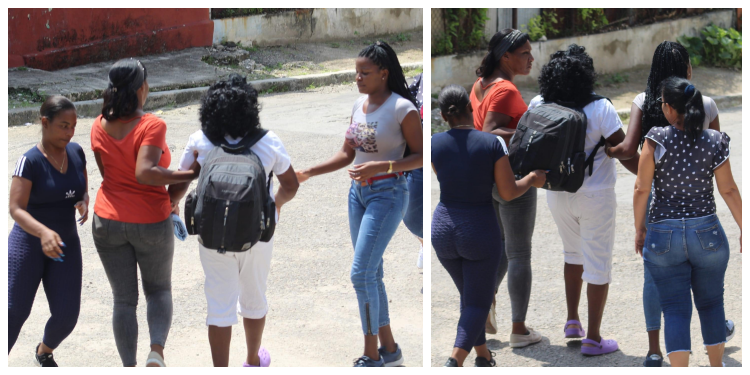Arturo Sanchez Jimenez
The newspaper La Jornada
Sunday, September 22, 2024, p. 3
Mexico is the largest market for weapons illegally trafficked from the United States, receiving up to 72 percent, and concentrates three of the five main international trafficking routes for these devices originating in the neighboring nation, according to a recent study published by the Bureau of Alcohol, Tobacco, Firearms and Explosives (ATF) of the U.S. government.
In addition, he points out, this is an expanding market, since in recent years, the illicit flow of pistols, rifles and other firearms manufactured or sold in the United States has increased in Mexico more than in any other nation.
The document highlights that the percentage of trafficking cases from the United States involving Mexico grew by 20.3 percent between 2017 and 2021, that is, more than three times the increase observed for Canada, which ranks second among the five countries that receive the most weapons sold illegally on U.S. soil.
The document entitled National assessment of firearms trade and traffickingpublished in April by the Joe Biden administration, which called it The first comprehensive analysis of firearms trafficking in more than 20 years
analyzed 10,000 investigations on the subject carried out over a five-year period by the ATF, 1,503 of them related to the international arms trade.
The report details that Mexico leads the list of the main markets for weapons sold illegally in the United States, since 71.7 of those analyzed arrived in the country. This is a number 11 times greater than the percentage detected in Canada, second on the list, which received 6.5 percent of the devices. The report also includes top 5 Bahamas, with 4.3 percent of cases; Haiti, 2.5; and Brazil, 1.7.
The study highlights that In addition, Mexico is represented in three of the five main trafficking routes from the United States to abroad.
.
The main route of trafficking from U.S. soil identified by the ATF is from Texas to Mexico, which accounts for 39.5 percent of the cases analyzed. Next is Arizona to Mexico, with 24.7, and then Florida to the Bahamas, with 4.1; Florida to Haiti, 2.3; and California to Mexico, with 1.6 percent of the reported investigations.
The document recognizes that while prohibitions on the purchase of weapons and controls imposed by authorities in different countries, such as Mexico, have made it difficult for criminals to easily obtain arsenals there, They may resort to obtaining firearms that have been trafficked from other nations with laws that make it less difficult to acquire them in large quantities and through unregulated private transfers.
.

















